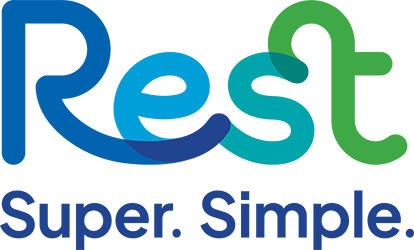General
What are index investment options?
Here we'll explain the difference between actively managed investment options and index options.
General
Super for contractors and subcontractors
Learn more about the difference between contractors, subcontractors, and employees, and how super works for them.
General
Are you financially fit?
Being financially fit by saving for your future can help improve your long-term wellbeing.


